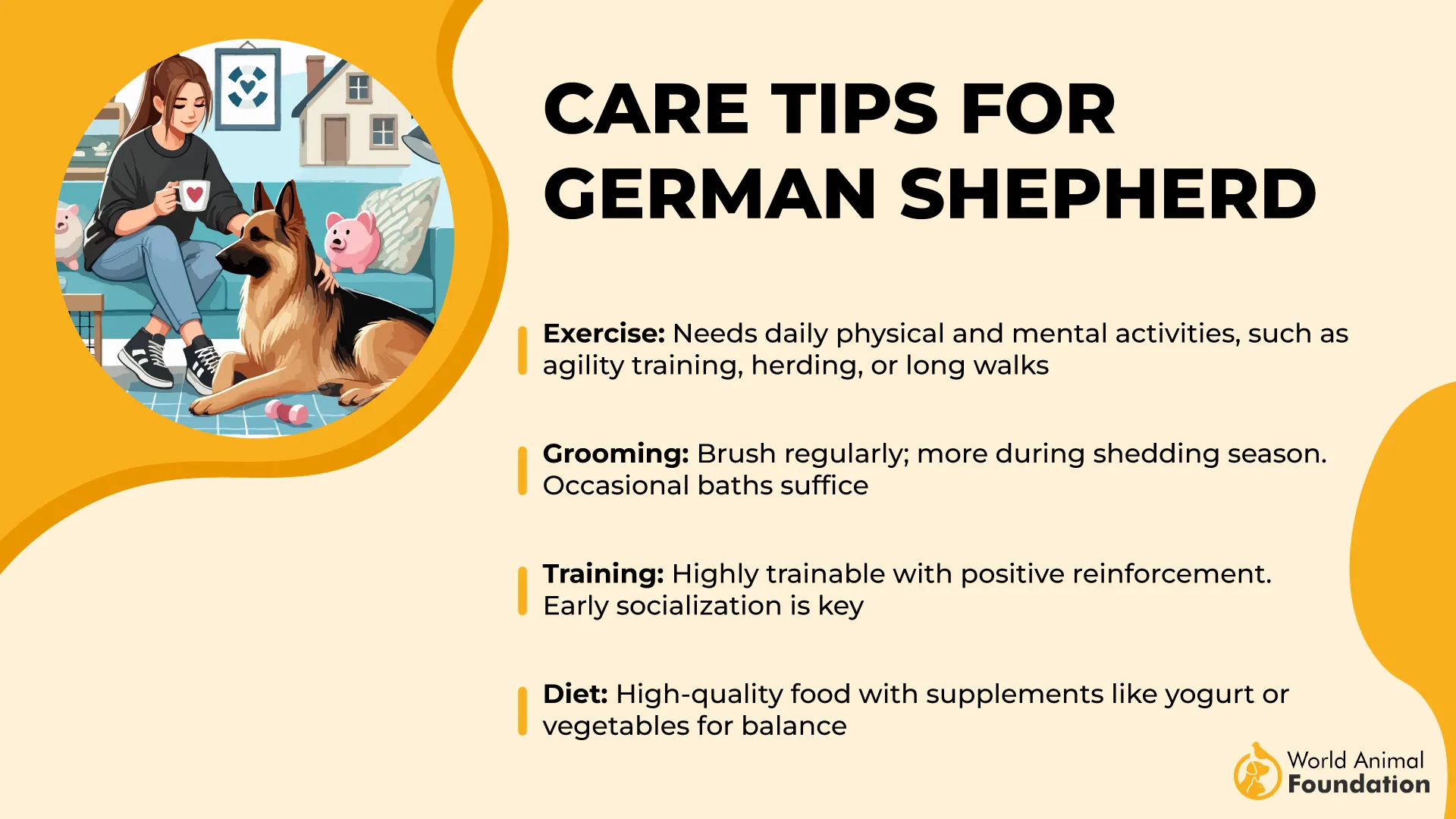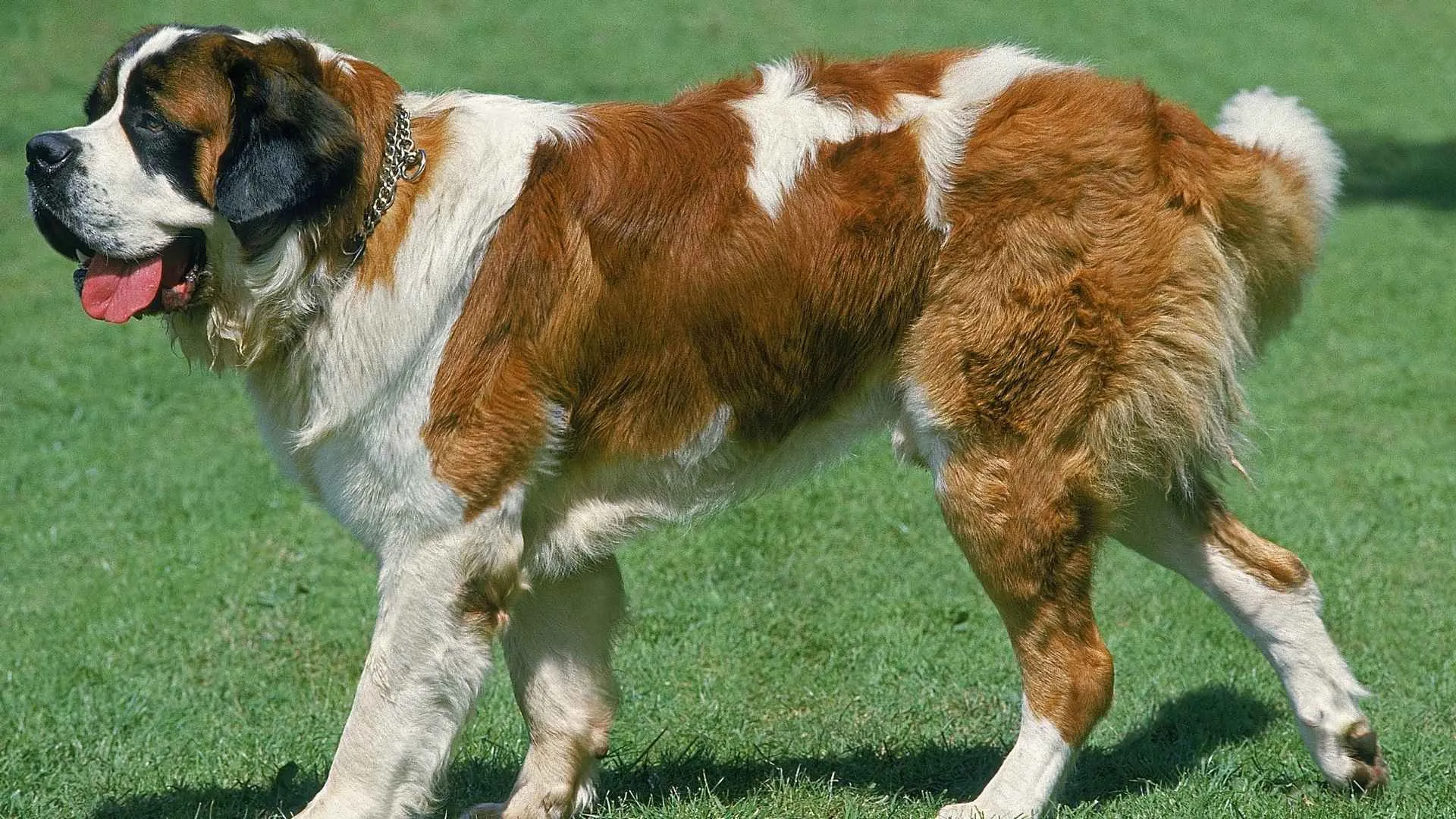Behind the cute faces and flashy looks, some dog breeds carry hidden health costs that every owner should know. In a 2024 study analyzing over 584,000 dogs, researchers found that flat-faced breeds had a median lifespan of just 11.2 years, while longer-nosed dogs averaged 13.3 years.
That gap highlights how extreme breeding choices can drastically affect health and longevity. For many owners, breed appeal comes first—but for these “unhealthiest” dog breeds, it often comes at a steep cost.
Chronic respiratory, joint, cardiac, and spinal disorders are not rare quirks—they’re predictable outcomes of flawed genetics.
This post profiles 10 problematic breeds with severe health concerns, shining light on why they demand more than just love. By understanding their risks, prospective and current owners can make more informed care choices.
Let’s begin with a deeper look at breeds most burdened by inherited illness—and what responsible stewardship really means.
Problematic Dog Breeds With Health Concerns
1. English Bulldog

The English Bulldog is adored for its charm, but it faces serious health challenges throughout life. Most common health concerns include breathing difficulties, hip dysplasia, and frequent skin infections, making daily care crucial
Owners must be prepared for ongoing management of these inherited conditions.
Preventive Care:
Balanced diet for weight control
Gentle daily walks, avoiding overheating
Regular cleaning of skin folds
Cool indoor spaces in hot weather
Emotional reassurance, as they are sensitive companions
Scheduled vet visits to monitor breathing and joints
To help Bulldogs thrive, owners should prioritize preventive care, like early weight management and tailored exercise.
Using harnesses instead of collars reduces pressure on their airways, while routine dental and skin care can prevent painful complications. A vigilant approach ensures this loyal breed enjoys the healthiest life possible.
2. Pug

Pugs are small but come with outsized health concerns, particularly with their respiratory system. They also struggle with obesity, eye injuries, and spinal problems due to their unique body shape.
These issues can reduce both comfort and lifespan if not addressed consistently.
Preventive Care:
Portion-controlled, nutrient-rich meals
Playtime that avoids heavy exertion
Wiping facial wrinkles to prevent infections
Comfortable, well-ventilated living spaces
Consistent affection and bonding
Frequent veterinary eye and spine checks
Helping a Pug live better means monitoring their breathing and weight daily. Owners can enrich their lives with puzzle feeders, cool indoor play, and supportive bedding.
By catching health problems early and creating a stable routine, Pugs can enjoy the cozy, joyful life they deserve.
3. French Bulldog

The French Bulldog is beloved worldwide, yet it’s one of the most problematic dog breeds with health concerns.
Brachycephalic airway syndrome, spinal disorders, and chronic allergies are among its most common struggles. Many require surgical intervention to improve quality of life.
Preventive Care:
High-quality diet for allergy management
Short walks with plenty of rest breaks
Routine ear and skin cleaning
Temperature control in summer and winter
Close owner interaction to reduce stress
Regular vet care, especially for breathing
Owners can support French Bulldogs by recognizing their limits and avoiding overexertion. Providing orthopaedic bedding, allergen-free environments, and early airway assessments helps prevent severe complications.
Hills Pet advises that with attentive care and an adaptive lifestyle, these affectionate companions can lead more comfortable lives despite their challenges.
4. Cavalier King Charles Spaniel

Cavalier King Charles Spaniels are gentle companions but face a heartbreaking list of health problems. Mitral valve disease is the most common issue, often leading to heart failure at a young age. They are also prone to syringomyelia, a neurological disorder that causes intense pain and sensitivity.
Preventive Care:
Fresh, lean diet to protect heart health
Moderate walks to support circulation
Brushing their silky coats several times weekly
Calm, temperature-controlled environments
Daily reassurance to ease stress
Cardiac screenings at every veterinary visit
Owners can improve their Cavaliers’ lives by starting cardiac monitoring early and staying consistent with grooming.
Limiting excessive jumping helps protect their fragile spines, while mental enrichment—like gentle training games—keeps their minds active. With steady medical care and a watchful eye, Cavaliers can remain the affectionate lap dogs they were bred to be.
5. Dachshund

The Dachshund’s elongated body makes it one of the most problematic dog breeds with health concerns.
Their biggest challenge is intervertebral disc disease, which can lead to partial or complete paralysis. Obesity only worsens these spinal risks, making weight management essential.
Preventive Care:
Low-calorie diet tailored for long-backed breeds
Controlled exercise with no rough jumping
Regular nail trims and coat maintenance
Ramps or steps to prevent climbing injuries
Enrichment activities for mental stimulation
Routine vet checks for early spinal detection
WebMD recommends that to help Dachshunds live well, owners should avoid activities that strain their backs, like stairs or couch leaps. Instead, encourage swimming or gentle walking for safe exercise.
Using supportive harnesses and ergonomic bedding further protects their delicate spines, ensuring they remain lively and affectionate family members for years.
6. German Shepherd

The German Shepherd is admired for intelligence and loyalty, yet its size and genetics come with significant health risks.
Hip and elbow dysplasia are common conditions that often progress to painful arthritis. They are also prone to degenerative myelopathy, a progressive spinal disease, along with bloat and digestive issues.
Preventive Care:
Protein-rich diet to support joints and muscles
Structured daily exercise with a balance of play and rest
Regular brushing for their double coat
Safe environment with non-slippery flooring
Consistent companionship to prevent anxiety
Preventive X-rays and digestive health checks at the vet
Owners can safeguard German Shepherds by focusing on joint health from puppyhood, providing supplements like glucosamine, and maintaining a lean physique.

Early training, mental challenges, and secure spaces reduce stress while keeping them engaged. With preventive care and active management, German Shepherds can remain the dependable, working-minded companions they are known to be.
7. Great Dane

Known as gentle giants, Great Danes often live shorter lives due to serious health concerns. Gastric dilatation-volvulus (bloat) is a life-threatening risk, while heart disease and bone cancer are also prevalent. Their rapid growth rate as puppies often sets the stage for lifelong orthopedic challenges.
Preventive Care:
Large-breed diet to slow growth and reduce bloat risk
Measured walks, not high-impact runs
Weekly coat brushing and dental care
Raised feeders to ease digestion
Steady affection—they thrive on closeness
Regular heart and X-ray screenings
To help these majestic dogs thrive, owners should feed smaller, more frequent meals and avoid vigorous exercise after eating.
Orthopedic bedding supports their joints, while early heart monitoring can extend life expectancy. With proper care, Great Danes can enjoy their role as affectionate, noble companions despite their health challenges.
8. Shar Pei

The Shar Pei’s signature wrinkles make it stand out, but they also invite skin infections and chronic irritation.
Entropion, a painful eye condition where eyelids roll inward, is common and often requires surgery. Additionally, Shar Peis are genetically prone to amyloidosis, a kidney disease that shortens life expectancy.
Preventive Care:
Hypoallergenic, well-balanced meals
Light exercise routines in cooler weather
Daily cleaning of facial folds
Calm indoor environment with good ventilation
Patient handling, as they can be stubborn
Frequent vet checks for eyes and kidneys
Shar Peis require an observant and patient owner. Keeping wrinkles dry, managing allergens, and seeking early medical care for eye and kidney concerns can greatly reduce suffering.
PetMD recommends that by blending attentive hygiene with proactive veterinary care, owners give these dignified dogs the comfort and dignity they deserve.
9. Saint Bernard

Famous for their mountain-rescue history, Saint Bernards are lovable giants with heavy health burdens. Their size predisposes them to hip and elbow dysplasia, bloat, and heart conditions. Their thick coat can also cause overheating and skin infections if not well managed.
Preventive Care:
Calorie-conscious meals for weight control
Moderate exercise—avoid overexertion
Consistent grooming to manage shedding
Cool, spacious living areas
Gentle companionship—they bond deeply with families
Veterinary heart and joint assessments
Owners can ease a Saint Bernard’s life by prioritizing joint protection through supplements and controlled activity. Cooling mats, shade, and fresh water help prevent heat-related stress.
With consistent grooming and careful diet management, these gentle giants can continue to embody their reputation for loyalty and warmth.
10. Boxer

Boxers are spirited, athletic dogs, yet they are among the breeds with the most documented health issues.
They are highly susceptible to cancers, particularly mast cell tumors, and often experience heart disease, such as cardiomyopathy. Their high energy can also lead to joint wear and tear if not monitored.
Preventive Care:
Antioxidant-rich diet to boost immunity
Structured exercise, balanced with rest
Brushing and ear cleaning weekly
Safe indoor resting spots away from extremes
Emotional engagement—they thrive on play and affection
Preventive cancer screenings at veterinary visits
AKC mentions that supporting a Boxer’s health means more than exercise—it’s about vigilance. Regular vet checks for cancer and heart monitoring are crucial, while mental stimulation through training keeps their intelligent minds sharp. With a proactive approach, Boxers can enjoy long, vibrant years with their families.
FAQs
Why do some popular dog breeds face chronic health issues?Many purebred dogs are bred for appearance, which can intensify genetic weaknesses. This selective breeding often leads to breed-specific health problems. Over time, it increases the risk of chronic conditions like joint issues or respiratory problems.
What common health problems should I watch for in high-risk breeds?High-risk breeds often face breathing problems, joint issues, skin allergies, and dental disease. Urinary tract infections and heart conditions are also common health concerns. Regular vet check-ups help detect these early.
Can lifestyle changes reduce health risks in problematic dog breeds?Yes, maintaining a healthy weight, providing appropriate exercise, and offering a balanced diet can lower risks. Preventive care, like dental cleanings and skin checks, helps too. With consistent veterinary medicine, many dogs can live longer, healthier lives.
Conclusion
Beyond the breeds we discussed, other dogs like Boston Terriers, Golden Retrievers, Labrador Retrievers, and Yorkshire Terriers also face breed-specific health concerns. From ear infections to joint issues or even progressive retinal atrophy, most dogs will encounter some common health concerns as they age.
For pet parents, staying ahead of problems—whether it’s breathing problems in brachycephalic dogs or skin allergies in toy breeds—means focusing on a healthy weight, appropriate exercise, and preventive veterinary medicine. Pet insurance plans can also ease the cost of unexpected health conditions like bladder stones or kidney failure.
At the end of the day, dog owners can’t eliminate every risk, but they can build a healthy lifestyle for their companions. With early care and support, many dogs live longer, happier lives despite breed-specific health issues.


